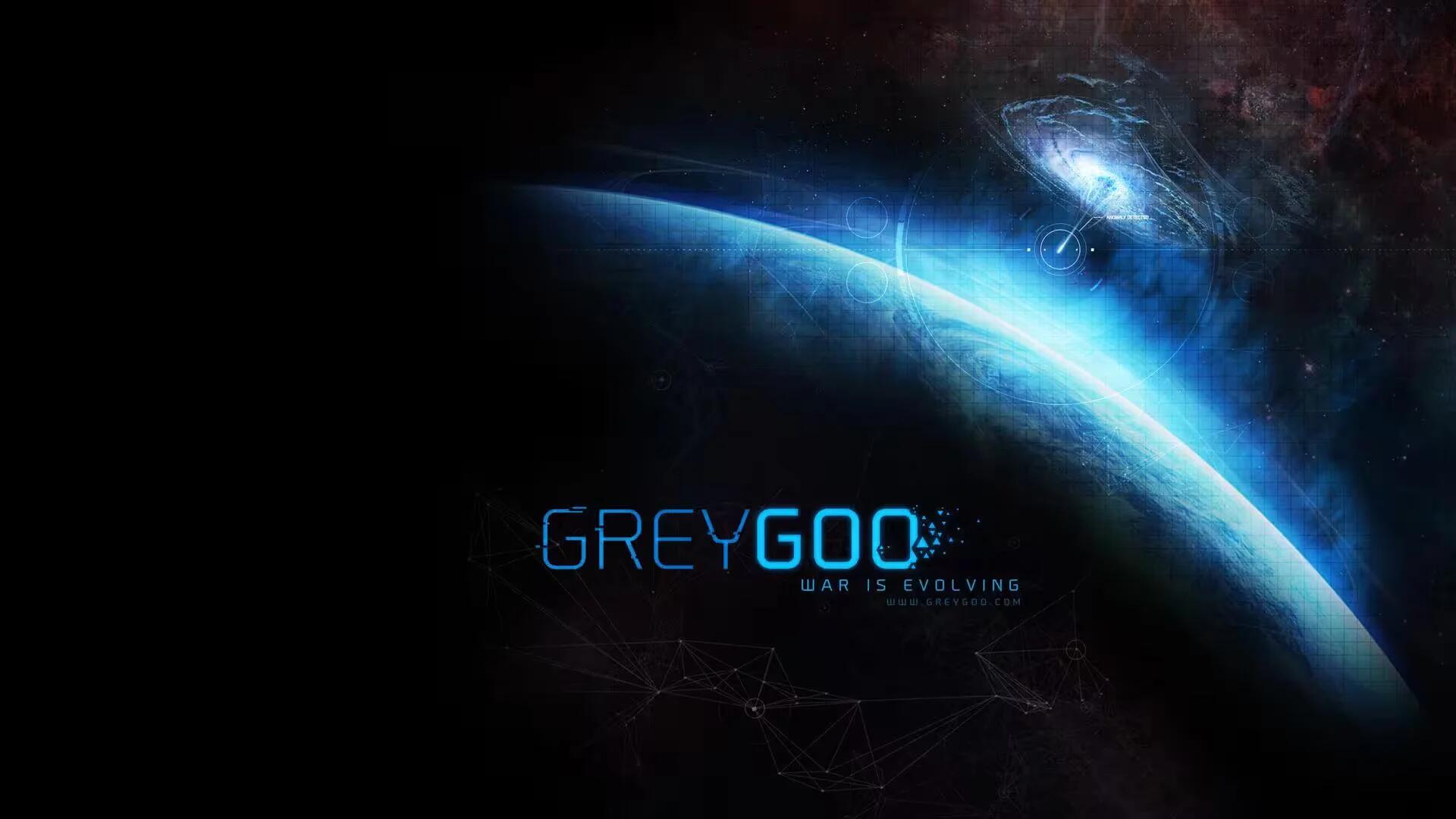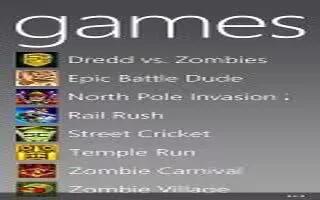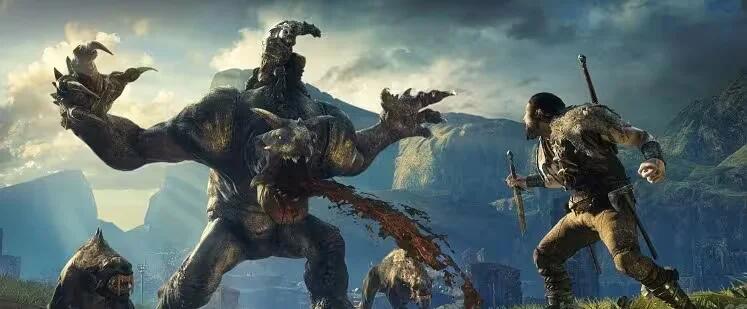Grey Goo – Review

Introduction
I still remember the day I got my hands on the first Command & Conquer game. It is my first RTS game and introduced a whole new PC gaming experience for me. As technology progressed and gaming evolved, I was sad to see how some of my favorite series head in bizarre direction as they progressed (cough* C&C4 cough*).
Grey Goo is a traditional RTS leaning towards a macro-oriented gameplay in the tradition of Command & Conquer, which is not surprising as members of the team have worked on top sellers such as Command & Conquer, which I think everyone will agree is a classic. Grey Goo is an odd title but it makes sense if you know what the game is about. Grey Goo is a scientific term used for “hypothetical end-of-the-world scenario involving molecular nanotechnology.” For more info visit here (http://en.wikipedia.org/wiki/Grey_goo). Its taken some time, but developer Petroglyph Games are finally filling in the gaps and bringing life to those fictions.
Plot
The story takes place 500 years after humans first ventured outside of the solar system. In the late 21st century, humanity founded the Pathfinder program and gave birth to the Goo. Utilized as an exploration tool to unlock the possibilities of interstellar travel, the Goo allowed humanity to leave our solar system and discover what was once deemed impossible to understand. After exploring almost the entire galaxy for life and finding no proof, humanity eliminated the program and abandoned all further exploration. Until, that is, they started receiving a signal from one of the planets, “Ecosystem Nine”. The humans went off to investigate, only to find that a race called the Beta had since inhabited the world. A minor catastrophe puts the humans face to face with the Beta. Meanwhile the Goo has returned from the last remaining darkness of the Galaxy. It has somehow altered its own programming, evolved, and is set on a path of destruction leading back to its creator.
Presentation
Great presentation can make or break a game and I want to say that Grey Goo may have the highest production value of any RTS to date. Not just in cut-scenes (which are gorgeous and look like excerpts from an animated sci-fi movie), but also in the way in which the game factions and units are presented to the players and how they tie-in with the plot can make all the difference. Petroglyph has realized that perhaps some extra help was needed in this area, and called in some help from WETA (District 9/Lord of the Rings etc.) The game world, lore, characters and unit design were all put together by WETA, and their influence is obvious right from the very beginning to the end.

Unlike most RTS titles, Grey Goo will push your machine. The level of detail at any camera height is impressive. Every vehicle, Goo and structure in the game are alive, spinning and whirring. The visual quality of the maps is impressive. Everything looks fantastic, with an incredible amount of detail that also has a significant impact on combat. These tiny details bring the whole game to life. The only drawback here is how the game pushes even serious gaming systems, resulting in regular framerate hitches and pauses when transitioning from pop-up screens like tutorial tips.
Music and sound effects can be the lifeblood of a game, adding atmosphere and personality. Frank Klepacki has done an impressive work in Grey Goo, and the music fully complements the lore and beautiful graphics. A special mention to the sharp script and impressive voice acting, which held my interest, even though I could see the story twist coming a mile away.
Factions & Gameplay
From the very beginning the developers has said that, they wanted to create a game that take it back to the roots of RTS genre and Grey Goo is just that. This is a traditional Real-Time Strategy game and has all the classic RTS features: resource collection, base building and unit production. The developers did not over-complicate things and this is a huge plus point for Grey Goo. As a fan of more traditional RTS, it was evident right from the get-go that this was going to be a game that would be easy to understand but hard to master; the backbone of all classic RTS titles.
In Grey Goo there are three factions Beta, Human, and Goo. Each faction in Grey Goo operates in a completely different way. Unlike other RTS titles, its not just a difference in units but in the way those units are brought to the field.
Beta and Human are traditional base-building factions. They only differ in how their bases are built and units are produced. Both factions need to construct refineries to collect Catalyst (which is required to build buildings and units). The refineries will send out harvesters to collect the resources and depending upon the distance between the refinery and resource node, the refinery automatically generates more harvesters. This means that theres a constant tick of resource coming in via a convoy of more or fewer harvesters, depending on how far away from the refinery is. This solves three big problems that present in games like C&C. The first is that it provides a steady stream of income throughout the game (as long as you control the resource points) and stops sudden influx of income in early game and little / no income as the game progress. Think of this as Red Alert 3 version of fixed income, but only better. The second is if you lose few harvesters to enemy units, doesnt mean instant game over for you, as the harvesters are free. It still set you back a little as the supply chain is broken, but does not punish you like C&C. Finally it allows you focus on more important things like producing tanks and killing your opponents army, instead of babysitting your resource collectors.

The Beta uses hubs of various size to build and expand their bases. This means base expansion is in no way restricted and you can drop a hub and factory right at your enemys doorstep. Each hub is independent of the others, this means that if you want siege weaponry, youll need a hub that can hold the artillery module, the tank module, and the factory module before you can crank out your first unit. Losing one of these hubs powers down everything attached to it. The Beta also has the ability to create walls that can be manned with a variety of troops and mechanized weapons. Their units are stronger and dangerous even in small numbers. Beta are the Steam-Roller faction.

Humans dont necessarily construct units, instead warping them in from the orbiting fleet. Because of this, humans can teleport their buildings around at will. This allows you to relocate a base in a hurry if you need to do so. It also means that you can build a small factory with a pair of modules, and then re-use those same modules on your eventual large factory without resource cost. Unlike the Beta or the Goo, humans are entirely reliant on power. With a web of conduit, you can lay down sentinel structures with anti-air, anti-personnel, and anti-heavy weaponry as your primary base defense and build walls for added defense. Also their artillery is the most powerful in the game and can create incredible havoc with splash damage and exceptional range. Their only weakness is the inability to expand as all their building must be connected to their headquarters. Humans are the Turtle/Tech faction
The way in which all this pieces together works incredibly well, and although some players may think the Beta and Humans may be a little too similar, that is actually not detrimental to how Grey Goo plays. If you think about C&C for example, most of the units and structures were similar no matter which side you picked. There were nuanced differences, which meant you had to be creative with your strategy. The same applies in Grey Goo.

The titular Grey Goo faction, are a sharp and massive departure from normal RTS mechanics. First and foremost, they do not build buildings. They dont build extractors, they dont use factories to generate units, and they dont build walls or turrets. The Goo simply consumes, spawns, and moves. You start the map with a Mother Goo, and all life flows from her. Placing her over any resource geyser allows her to harvest it and grow. Once shes consumed enough, she can split off into Proteans. These Proteans can morph into units. The type of units you can morph depends on the size of the Protean. Also these Goo Protean can consume opponent units and buildings and heal over time. The fact that no factory add-ons are required to generate any type of unit creates a flexibility that makes the Goo exceedingly dangerous. Goo are the Rushers.
Maps are cunningly put together with an eye toward encouraging tactical thinking. This offers significant challenges both in the campaign and in multiplayer. Catalyst resource pools are spread apart just far enough to make you think tactically before attempting any sort of expansion. This places importance on smart, sustainable base building. It also emphasizes the value of erecting walls and gun turrets to protect your facilities.
Still, what you get in terms of look and feel is worth it. Forests and heavy brush provide camouflage akin to flipping on a cloaking device. This means that large armies can be camped outside your doorstep, lying in wait in a nearby overgrowth. Height also offers similarly incredible benefits, as units on the ground cannot see or fire at enemies on a hill. Just a few artillery/tanks stationed in the right place could decimate an entire army and hold a choke point allowing you to concentrate on other fronts. This is a game which shines in multiplayer.
Adding some variety to the game, each of the factions have a choice of 15 tech upgrades. Split across five categories, you can only choose one from each, meaning the army you face in multiplayer will likely be slightly different every time.
One more thing worth noting is the AI in the game. The AI is real hard and one of the best in the genre, it takes advantage of the terrain and units abilities to give a real headache in single player games.
Conclusion
Petroglyph has finally rediscovered the foundation of RTS genre, which made it fun and entertaining. Grey Goo isnt a revolution by any means, but it wildly exceeds all expectations for presentation and gameplay. It is a return to classic RTS gameplay that demands strategy and tactics over the mindless onslaught of mouse clicks. The Goo itself presents an all-new twist to the RTS world, and any fan of the genre should experience it. Grey Goo is the best RTS title Ive played in a very long time.
Pros
- Gameplay: Traditional RTS with smart and subtle changes
- Gameplay: Maps with terrain features that have a strong influence on battle tactics
- Factions: Innovative and distinctive-looking Goo faction
- Sound Effects: Superb soundtrack from Frank Klepacki and impeccable voice acting
- Presentation: Gorgeous visuals and Campaign cut-scenes that rival Hollywood animations
- Lore: An interesting Sci-Fi setting with an in game encyclopedia that offers all the information youd ever want
Cons
- Performance: Somewhat demanding system requirements
- Campaign: Short campaign with only 5 missions per side









 RSS - All Posts
RSS - All Posts